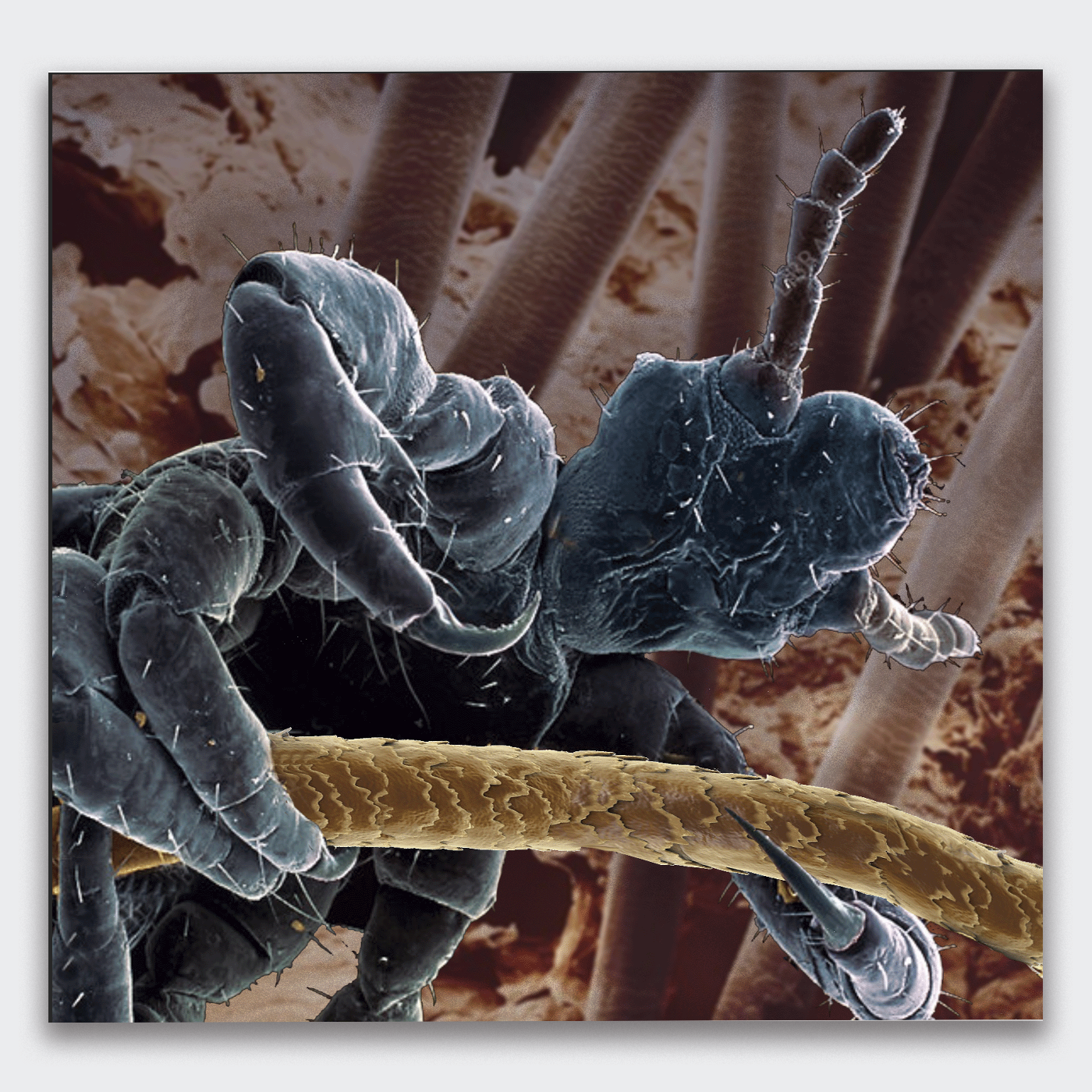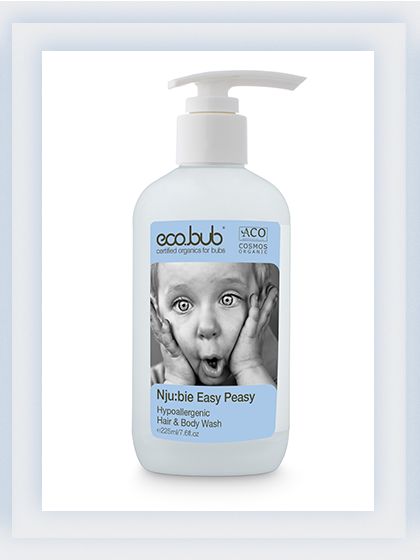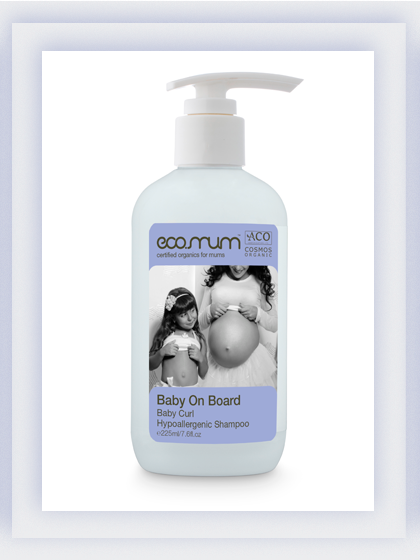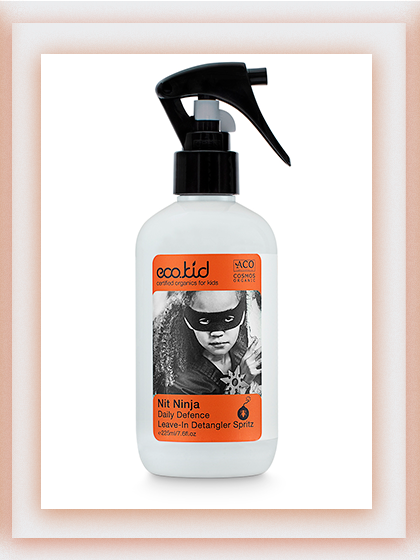Understanding Headlice

Headlice are always present
Know Your Enemy... Head Lice Information
An average of 25% of Australian Primary School Children have an active head lice infestation and/or live eggs, at any one time. *
That means one in every four Aussie kids between the age of 5 years old to 14 years old have an active case of headlice at any one time.
It does vary from colder months down to 13% (Vic. Health) and hotter months up to 33% (Qld James Cook Uni) based on the available Australian research.
Head lice have an impact in terms of days absent from school, time in eradication attempts, psychological distress and an individual health.^
*NSW Department of Health (Nit Busters Program)
^International Journal of Dermatology

Subheading
Headlice can't jump... they don't have any knees!
Their instinctive survival drive to stay on a human head is strong; once it's off the scalp and loses access to a blood meal, it will starve and die within 8 to 12 hours.
Headlice claws have evolved to fit neatly around a single strand of hair and the curvature of it is close to the average hair diameter that they would come in contact.
This evoloutionary development is ideal for rapid hair-to-hair movement, however, renders the louse unable to grip well on flat surfaces.

HAT TRICK
Headlice Don't Live in Hats!
Head lice are only transmitted by hair-to-hair contact and by head-to-head contact. Flyaway hairs and loose hair styles are the easiest route for headlice to move from head to head.
It is highly irregular for them to be spread through the sharing of personal articles such as hats because like any living creature, head lice will not leave their food source to move to an inhospitable foreign evironment.
Headlice don't live on anything except humans. I one School Hat Study of 1400 kids found no headlice in the kid's hats dispite hundreds of the kids having live headlice infestations.
Headlice very rarely fall from the head unless they are dead or dying.
They require to feed on human blood three to four times a day and without blood, will dehydrate in as ittle as six hours in a dry climate and upto 24 hours in a humid climate.
An egg (nit) requires warmth to hatch and is the reason why they are laid close to the scalp - in the nape of the neck and behind the ears mainly.
(Information from Prof. James Speare, Anton Breinl Centre for
Public Health and Tropical Medicine JCU)

perfectly evolved
Barb Spike Special Claw Feature
The claw has one more very special feature... it is equipped with an internally facing barb/spike that pieces the hair fiber like a spear.
This action of clasping and piecing the hair strand simultaneously with every one of its six claws gives the louse serious staying power!
With its tight grasp on a hair strand, it can swing or crawl from hair-to-hair like a speedy acrobat... think of a Trapeze Artist at the circus... holding on with one claw whilst extending full-reach with the other.














